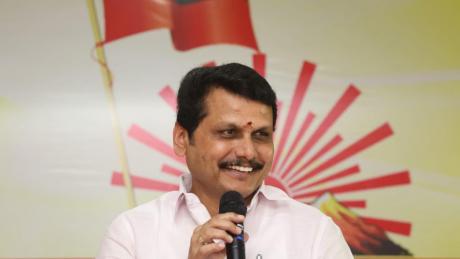The image that we have been waiting for after the success of India's Chandrayaan-3 mission is here - the Pragyan rover has captured the Vikram lander, which can be seen standing tall on the south pole of the Moon. The Vikram lander has made a soft and safe touchdown on the south pole on August 23 after which India had scripted a history by becoming the first nation to land on the south pole of the Moon.
After landing, the Pragyan rover has come out from the lander's belly and has begun touring the unexplored regions of the Moon with an objective of exhuming what's beneath the south side. India's space agency, Indian Space Research Organisation (ISRO) has been monitoring the rover's trajectory and also been releasing what the rover found on the Moon's floor.
After making some astonishing discoveries, the rover on Wednesday took time to click a photo of the lander. Hailed as the 'Image of the Mission', this photo of the lander was taken by the Navigation Camera (NAVCAM) onboard the rover. These cameras are the eyes of the rover and guide its odyssey as it continues to crawl on what remains a bleak and challenging terrain.
ISRO took to social media and released the images of the lander clicked by the rover. The space agency wrote, "Smile, please! Pragyan Rover clicked an image of Vikram Lander this morning. The 'image of the mission' was taken by the Navigation Camera onboard the Rover (NavCam). Navcams for the Chandrayaan-3 Mission are developed by the Laboratory for Electro-Optics Systems (LEOS).
The scientists say that the image of the Vikram lander standing on the Moon marks a significant milestone in the mission as it not only showcases the successful collaboration between the rover and the lander but also has highlighted a technological triumph of the NavCams. ISRO has on Tuesday said that the rover has successfully detected a slew of minerals including Oxygen on the surface of the Moon and is now into the endeavour of detecting Hydrogen.
Chandrayaan-3 Mission:
— ISRO (@isro) August 30, 2023
Smile, please📸!
Pragyan Rover clicked an image of Vikram Lander this morning.
The 'image of the mission' was taken by the Navigation Camera onboard the Rover (NavCam).
NavCams for the Chandrayaan-3 Mission are developed by the Laboratory for… pic.twitter.com/Oece2bi6zE









Comments